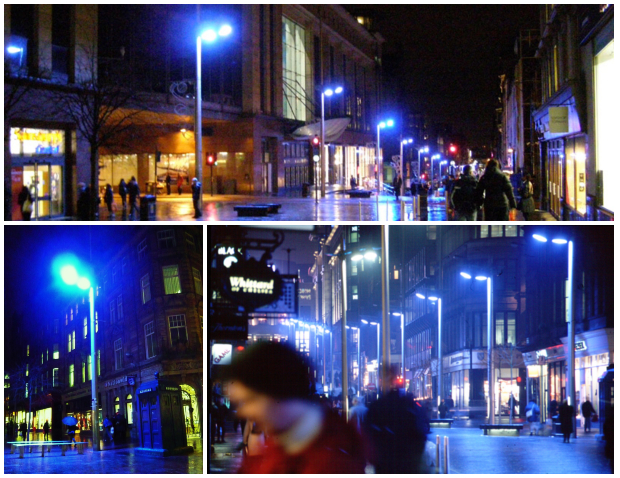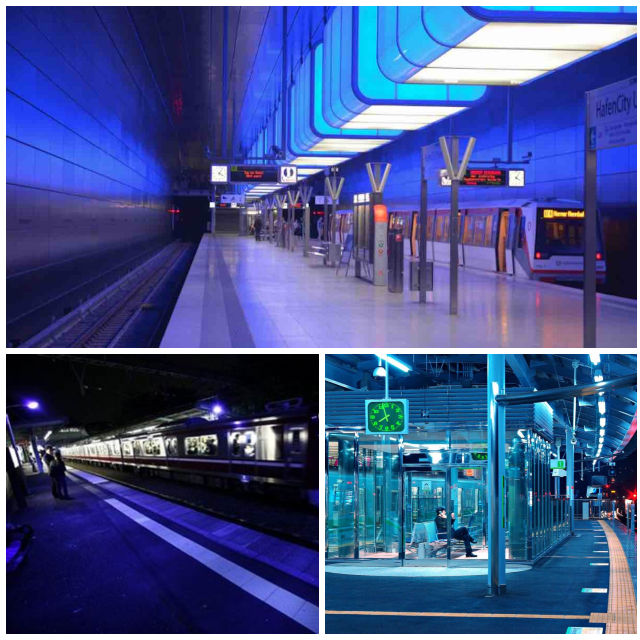In previous articles we have discussed studies revealing the benefits of green light in reducing chronic migraines and the skin benefits that both blue and red light could provide.
This time, blue light is again in the spotlight. From Tokyo to New York, various programs to prevent both crime and suicide have made use of blue lights to prevent both.
But what’s behind all this, and is it possible to make a population safer by changing just the color of the light in its streetlights?
Some examples of blue light installations
Let’s review a little bit the different news that have been echoing these facts and what evidence is behind them.
Glasgow, Scotland (2000)
In this well-known Scottish city, colored lights were installed in the streets to improve the appearance of the city and it was found that in these areas the amount of crimes committed was significantly reduced.

However, based on the data provided by Strathclyde Police (the territorial police force responsible for the town of Glassglow, among other areas, until 2013), it is difficult to draw definitive conclusions about their effectiveness in this regard.
Nara Prefecture, Japan (2005)
After installing this type of lighting, crime in the blue-lit neighborhoods decreased by 9%, according to the police themselves. This measure was adopted by other areas of the country.
On the other hand, the Keihin Electric Express Railway Co. installed blue lighting on platforms, completely eliminating suicide attempts. In this regard, several studies have been issued that, despite initially attributing an 84% reduction in suicide attempts, it is subsequently established that the actual impact of blue light would be much lower.

New York, United States (2017)
We are possibly facing the first study with sufficient rigor to draw conclusions. This work is the result of collaboration between various public entities and the Crime Lab Ney York team (University of Chicago).
This study reveals that, during the night, crime in the areas studied was reduced by up to 39% with the new lighting.
What is behind these cases?
Although a more in-depth analysis would be necessary to determine, beyond any doubt, whether blue light substantially affects this type of criminal behavior, there are several theories that would explain the influence of light on people’s behavior. Let’s look at some of them:
- Blue light has a relaxing effect: Being associated with the sky and the sea, this color would have a soothing effect on people.
- More pleasant lighting: Some studies point out that most people prefer this type of light to red, orange or yellow.
- The color of the police: Since in most countries this color of light is associated with police presence, it would have a deterrent effect on the possibility of committing a crime.
- Unusual lighting: The simple fact that it is an unusual type of light would make people act more cautiously, avoiding suspicious activity or behavior.
Be that as it may, there is no doubt that however small the influence of blue light in improving people’s safety, it can be an easy-to-implement preventive measure at a very low cost.

